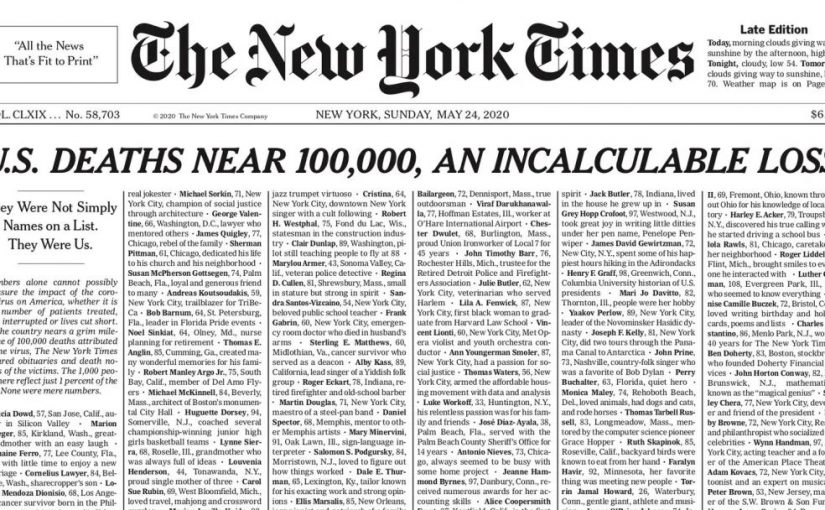纽约时报写作比赛,是由美国知名报纸《纽约时报》举办的一系列英语写作比赛。它是面向全球的英语写作竞赛,如果能获奖并被收录在该报中,对于申请理工科、文商类专业的学生都将是非常有价值和有影响力的。《纽约时报》是美国三大报纸之一,是美国最大的本地都市报。
纽约时报写作竞赛包含许多具体的子类别,每年的主题也会有所不同。不同的子类别将会考验参赛者不同的写作技能和表达能力,例如一年可能是科学文化类,另一年可能是政治经济类等。对于参赛者而言,这不仅是一次锻炼英语写作的机会,也是展示自己才华的舞台。
纽约时报写作比赛参赛条件
纽约时报赛事针对全球 11-19岁的中学生开放, 19岁或以下的学生,如果已经完成了高中学业,但正在休学或没有进入大学学习,也可以参加。
《纽约时报》员工的子女和继子女没有资格参加这些竞赛,与这些员工住在同一家庭的学生也没资格参加。
参加纽约时报写作比赛理由
1、门槛低,不限制专业,文理皆宜
纽约时报的写作比赛不限制专业,这意味着无论你是文科生还是理科生,都可以参加。参加这个比赛,文科生可以在文学作品中展示自己的理工科思维和科学素养,而理科生则可以通过参加文学比赛,打出自己的差异化,摆脱刻板印象,让招生官眼前一亮。
2、可以积累文书素材,提升写作能力
在美国留学申请中,文书的作用不言而喻。通过参加纽约时报系列写作比赛,同学们能够积累更多的文书素材,同时锻炼自己的写作能力。参加这个比赛不仅能够帮助学生提高读写能力,还能够帮助学生更好地理解美国主流报刊观点、内容和写作方式。
3、获奖文章有机会登上《纽约时报》
获奖文章不仅会刊登在官网上,还有机会出现在印刷版的《纽约时报》上!相信这样一篇充分彰显个性的原创文章,会帮助学生在众多竞争者中脱颖而出,为申藤助力。
4、主办方权威,含金量高
纽约时报是一家享有盛誉的媒体公司,它主办的写作比赛具有很高的含金量。同学们参与纽约时报写作比赛不仅可以积累竞赛经验,一旦你的作品脱颖而出,就能在《纽约时报》网站刊登。这不仅是一种荣誉,更是一种升学筹码,向大学展示自己的人文背景和例证写作能力。所以,如果你想在写作方面有所突破,参加纽约时报的写作比赛绝对是一个很好的机会。
扫码免费领取往届优秀获奖作品
咨询参赛注意事项+预约试听体验课
预约最新真题讲座、课程详情可添加下方顾问老师咨询





